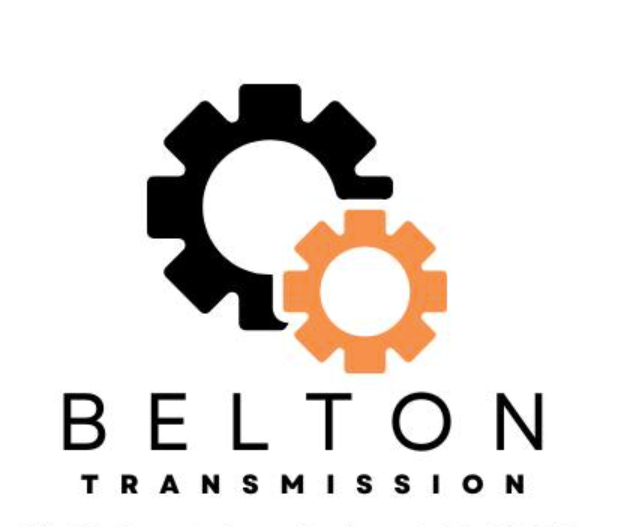Like many things, automobiles aren’t flawless. Any car you purchase, no matter how well-built or dependable it is said to be, is certain to break down or cease performing at some point. Fortunately for you, your car’s figurative brain will often detect an approaching issue before you do and alert you to it. New cars have sensors and warning lights to let you know when the washer fluid and tire pressure are low. But are you aware of the meanings of each of those tiny indicators on the dashboard?
Color-coded System
When a signal turns red, it means there’s a serious issue or breakdown, so you should be ready to pull over as soon as it’s safe to do so. When a light becomes yellow or amber, it alerts you to a circumstance that should be taken seriously, like the traction control system operating on a slick or wet surface. When you use a feature, such as the headlights or a specific safety feature, a green, blue, or white light appears on the dashboard.
Let’s examine the top five most common lights, bearing in mind that there may be some variation. This is an excellent introduction to your car’s lights if you’re not familiar with them, but you should always keep your owner’s manual handy. This list does not include lights that do not indicate a need for further investigation (seat belt, gas light, washer fluid, etc.).
Check Engine Light
The words “service engine soon” or just “check engine” are usually shown in large characters next to an engine outline. The check engine light comes in red or amber. It is sometimes referred to as the malfunction indication light, or MIL, in certain owner’s manuals.
When turning the key in the ignition, it is expected for the check engine light to briefly illuminate; however, as soon as the car is moving, the light should go out. If not, a problem is detected by the system. We advise against driving your car if the check engine light is on since there could be serious engine damage. Make a tow truck appointment and have the problem diagnosed and fixed by a repair facility.
The check engine light is one of the most prevalent and least specific dashboard warning lights. From a minor problem like a loose gas cap to a more significant one like a misfire, banging, or loss of compression, these all cause premature engine wear or failure that might leave you stranded and be costly to replace. If this light comes on, take your car to an auto repair in Leawood, KS, as soon as possible.
Engine Coolant Temperature Light
The coolant temperature warning, which resembles a thermometer dipping into waves of water, alerts you when your automobile is operating too hotly. A damaged or burst coolant hose, low coolant levels in the radiator, a malfunctioning water pump, or even damage to the radiator itself could be the cause of this. Ignoring these major concerns could result in much larger engine problems down the road. Driving an overheated automobile not only puts you in danger but also runs the risk of permanently damaging your automobile, similar to a blinking check engine light.
Battery Warning Light
The outline of a battery with plus and minus symbols is displayed on the red battery indication light. When this light is on, it means that something is wrong with the car’s charging system. A worn-out alternator, a broken belt, a loose or corroded battery cable, or another electrical malfunction in the system could be the cause, or the battery itself could be the problem.
When you start your car, it’s usual to see this light turn on and then off. However, as soon as it’s safe to do so, you should stop and pull over if the light turns on while you’re driving. If not, the battery will run out completely, which can just take a few minutes, at which point the engine will stall.
There are battery warning LEDs on Electric Vehicles (EVs) as well. A battery sign with a temperature gauge indicates that the battery is running hot and that the vehicle should be stopped as soon as it is safe to do so. A battery symbol with a lightning bolt indicates that the battery’s charge level is low (this may also be displayed in plug-in hybrid vehicles).
Low Tire Pressure
This light means that you should check the air pressure in your tires. At least one of the tires has lost optimal tire pressure, but you should check all four. When the weather cools down, the air in the tires condenses, causing a decrease in pressure, so you’ll often see this light come on when the first cool air of the late fall or early winter arrives. There is usually a label inside the driver’s side door of your vehicle that will indicate the correct pressure your tires should be inflated to.
Maintenance Required
No, if the maintenance-required light comes on, you shouldn’t freak out. It’s basically alerting you to the impending need for routine auto maintenance. For example, a new timing belt, a tune-up, or an oil change may be necessary. Give your trusted local auto mechanic a call and schedule an appointment for them to service your vehicle.
Conclusion
Regular auto maintenance helps keep your vehicle in good operating order and helps you avoid needing costly mechanical repairs in the future. Having thorough service records can add significant value to the car when it comes time to sell or trade it in.
It is true that time and money must be spent on car upkeep. Nonetheless, maintaining your vehicle can frequently save you the significant repair bills that come with a roadside breakdown. Belton Transmission & Complete Auto Care makes it easy to get maintenance for your vehicle.

